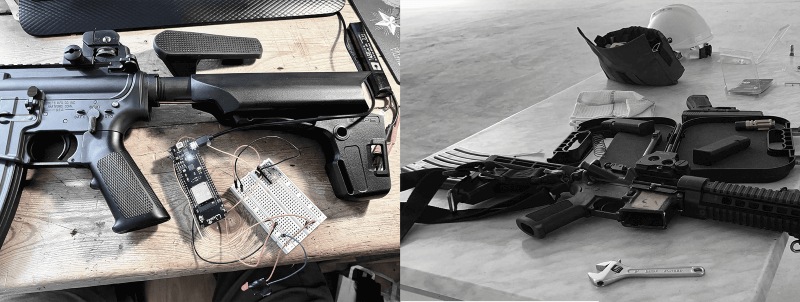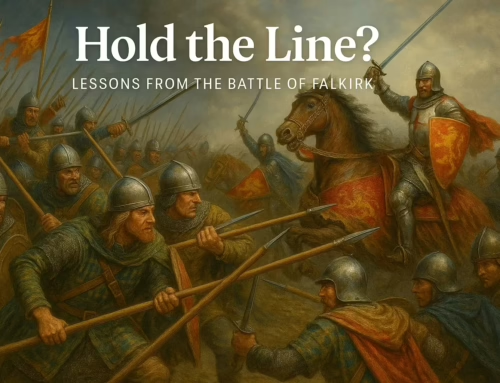One strand of work we are currently focussing on is the next generation of our synthetic weapon and interface platform. Police and military training with replica weapons in artificial environments has become increasingly popular in recent years due to its ability to provide a more realistic and immersive training experience. These simulated scenarios can be incredibly valuable for officers and soldiers to practice their skills and decision-making abilities in a safe and controlled environment.
Synthetic weapons are designed to be as close to a live gun replica as possible. They must feel and look like the real thing and function in much the same way, such as magazine changes, safety switches and recoil, but the key difference is they don’t fire a live projectile making them a far safer training tool when compared with a live weapon. These exercises can be efficient for training soldiers in close-quarters combat scenarios. They allow soldiers to practice their skills and tactics in a more realistic environment than traditional training methods.
One example of the military using replica weapons in synthetic environments is virtual reality simulations for infantry training. The US Army has developed a program called the Squad Advanced Marksmanship Trainer (SAM-T), which uses a combination of virtual reality simulations and real-life mockups to simulate combat scenarios. The program allows soldiers to practice their marksmanship and tactical skills in a realistic environment that closely mirrors real-world combat situations.

Example AI Weapons Prototype Interface
In addition to the military, law enforcement agencies worldwide use replica weapons in synthetic environments to train their officers. For example, the New York Police Department (NYPD) has developed a state-of-the-art training facility called the NYPD Training Academy, which includes a range of virtual reality simulations and mockups designed to prepare officers for various real-world scenarios.
To further enhance the utility of these platforms, we are introducing more data points to include measurements such as magazine status, barrel trace, and recoil handling combined with our headset system. This gives the instructor a far better overview of what the student was doing:
- Where were they looking? Via eye tracking.
- Where was the weapon pointing? Via weapon tracking.
- Stress levels. Is the trainee’s heart rate increasing, potentially indicating heightened stress?
- Are there any actions in weapon handling contributing to performance issues, such as finger position?
When launched, it will be integrated with our Virtual AI trainer platform so that training teams will have far better data and a deeper understanding of their teams’ learning and development. More detailed and visual analytics will lead to more effective and directed training, resulting in better outcomes for less time and cost.
We are also increasing the range of weapons we support to include those platforms used in the non-NATO world, such as AK and other systems.
We’ve already had a fantastic response to our weapon system during trials and look forward to sharing updates over the coming months.
If you are involved in firearms training and have ideas about what you need from training weapons, how do they need to work? What data should they record? Please get in touch; we’re keen to know more





